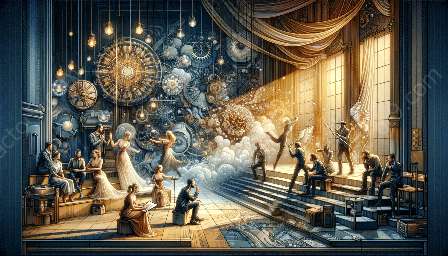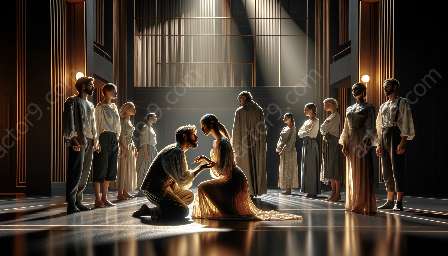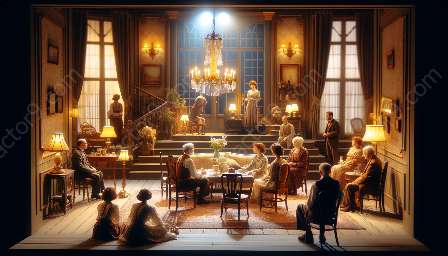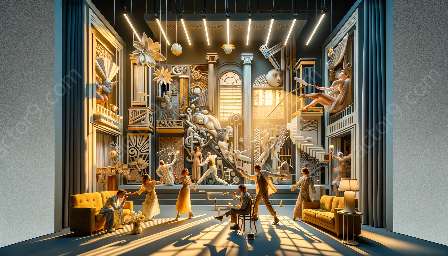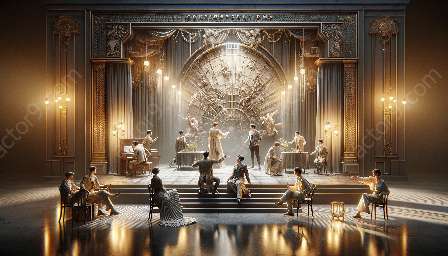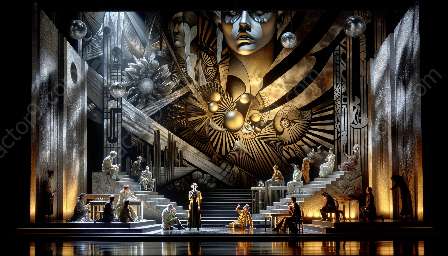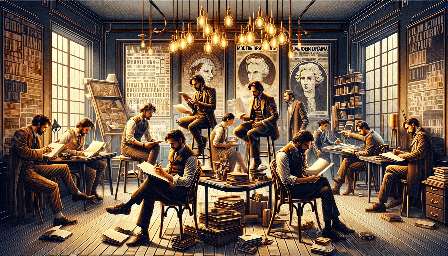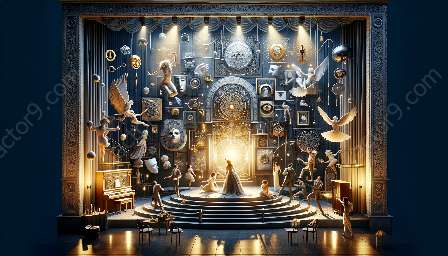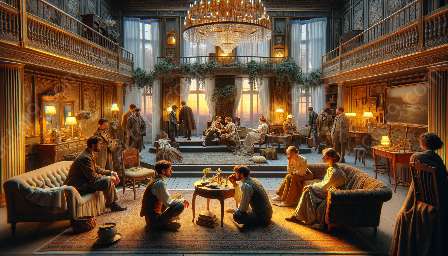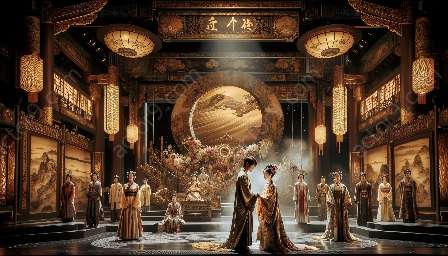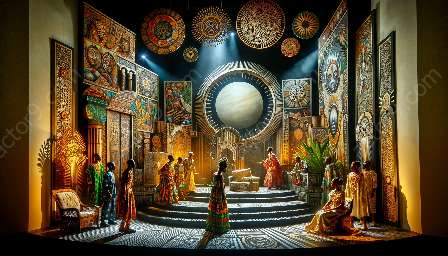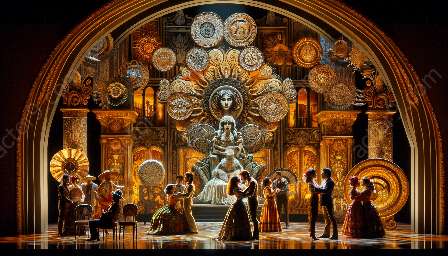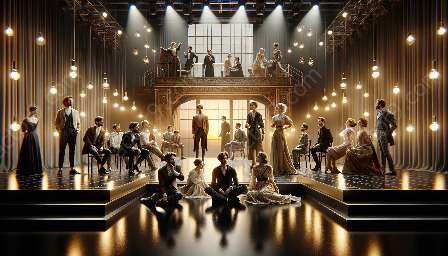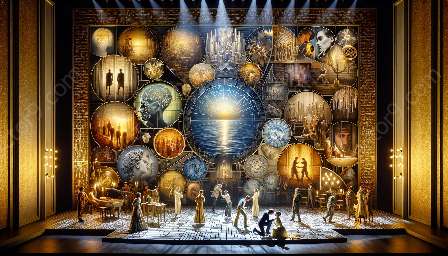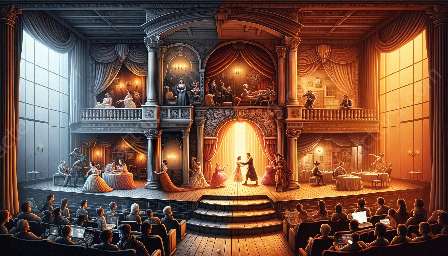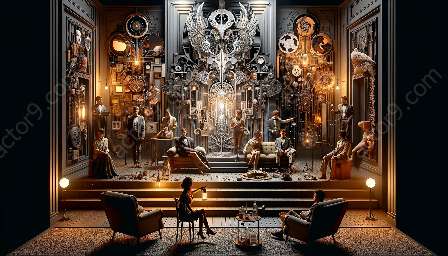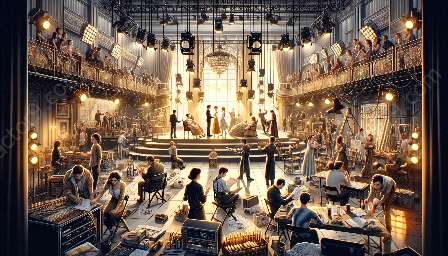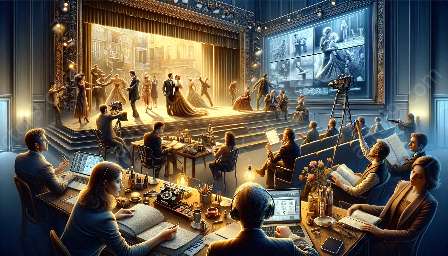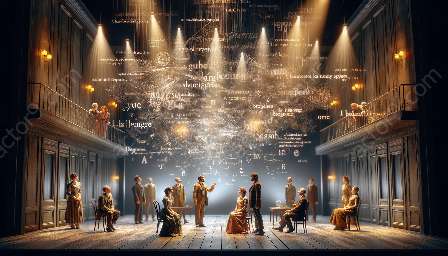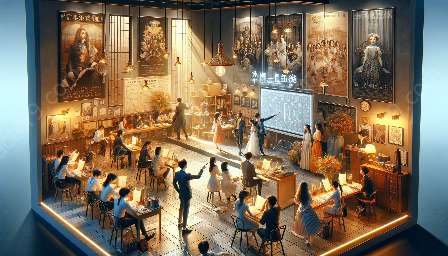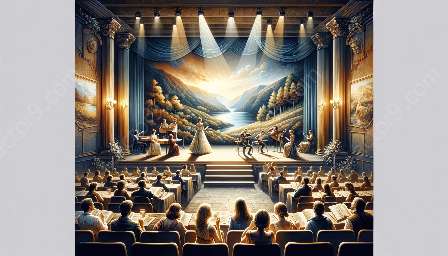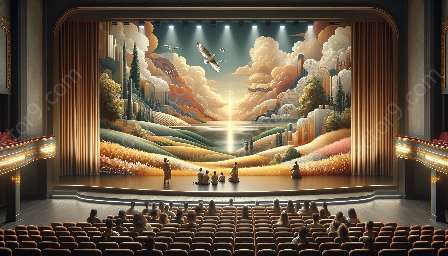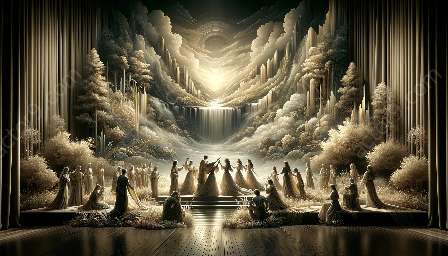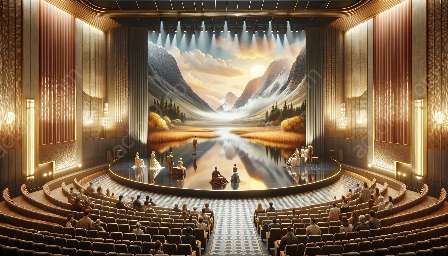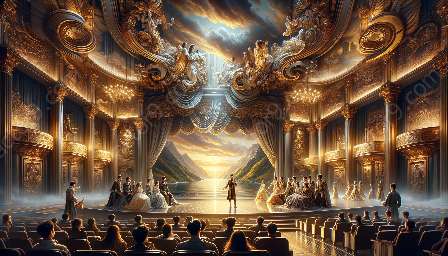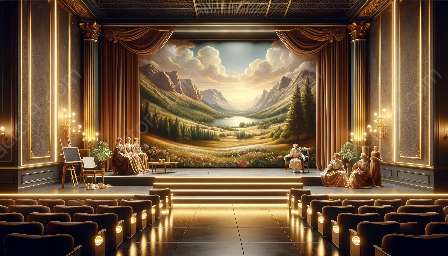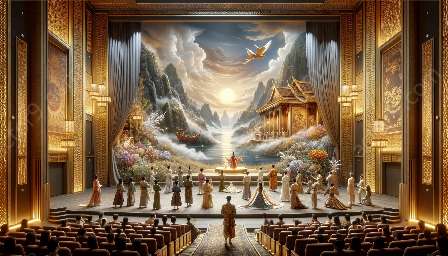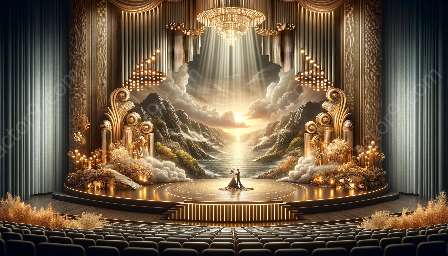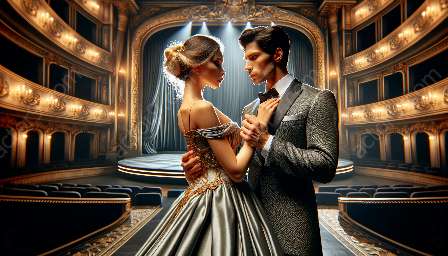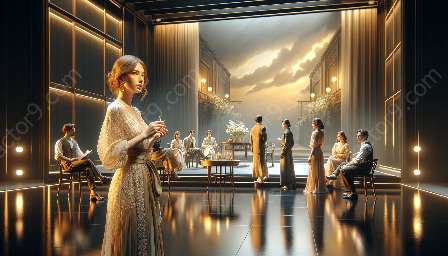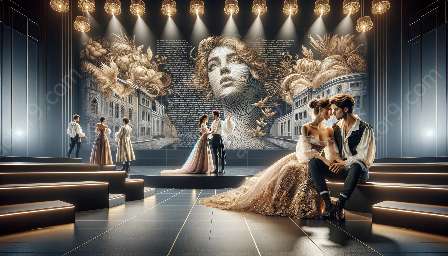Modern drama has been shaped by the use of non-traditional language structures, offering a fresh approach to theatrical storytelling. These unconventional language forms have had a profound impact, influencing the way language is used in contemporary dramatic works. In this topic cluster, we will delve into the influence of non-traditional language structures in modern drama and their compatibility with the use of language in theatrical performances.
The Evolution of Language in Modern Drama
Modern drama has witnessed a significant evolution in the use of language, moving beyond conventional structures to embrace innovative and unconventional forms of expression. Playwrights and dramatists have employed non-traditional language structures to challenge traditional norms and explore new narrative possibilities.
Breaking Traditional Language Barriers
Non-traditional language structures in modern drama have shattered the confines of conventional linguistic norms, allowing for groundbreaking experimentation with syntax, grammar, and lexical choices. This departure from traditional language usage has opened up avenues for expressing complex emotions, thoughts, and societal issues in unique and compelling ways.
The Impact of Non-Traditional Language Structures
The influence of non-traditional language structures can be seen in the shift towards more immersive and evocative theatrical experiences. By integrating unconventional linguistic elements, modern drama has enriched the language used in contemporary theatrical performances, driving a deeper connection with audiences and offering a fresh perspective on human experiences.
Compatibility of Non-Traditional Language Structures with Modern Drama
The use of non-traditional language structures aligns seamlessly with the ethos of modern drama, as it encapsulates the innovative and boundary-pushing nature of contemporary theatrical storytelling. These unconventional language forms enhance the dynamism of modern drama, fostering a diverse and inclusive range of voices and narratives.
Embracing Diversity and Inclusivity
Non-traditional language structures in modern drama enable the representation of diverse cultural and linguistic identities, fostering inclusivity and celebrating the richness of linguistic diversity. By embracing varied linguistic forms, modern drama transcends boundaries and resonates with a global audience, reflecting the multicultural tapestry of human experience.
Redefining Theatrical Expression
Through the integration of non-traditional language structures, modern drama redefines the boundaries of theatrical expression, allowing for a more nuanced and authentic portrayal of contemporary society. By challenging linguistic conventions, modern drama amplifies the impact of language in conveying the complexities of human emotion, interpersonal relationships, and societal dynamics.
Conclusion
The influence of non-traditional language structures in modern drama has reinvigorated the use of language in contemporary theatrical works, fostering a vibrant and diverse landscape of linguistic expression. By breaking traditional language barriers and embracing unconventional forms of communication, modern drama continues to push the boundaries of storytelling and elevate the role of language in theatrical performances.


